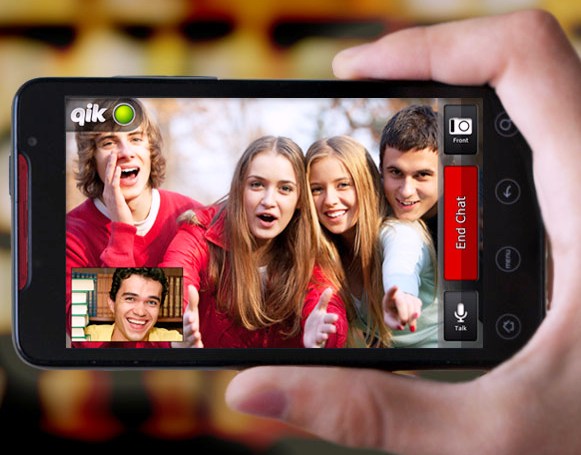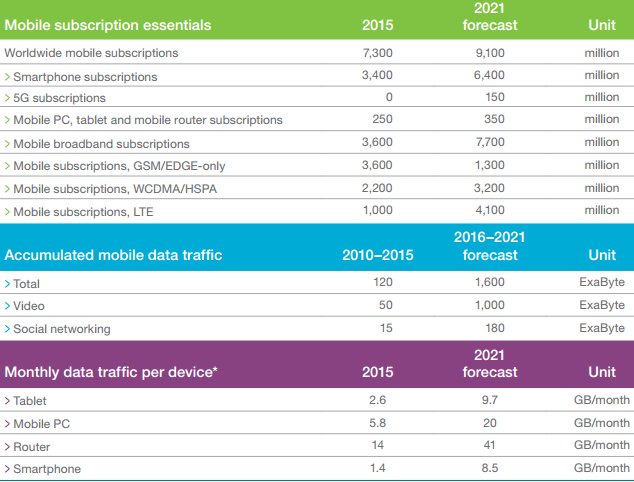
Mobile World Congress (MWC 2016) edition of the Ericsson Mobility Report said video streaming delays are mentally taxing for smartphone users.
When working under time pressure, time-to-content delays followed by an additional pause in video playout lead to an increase in mobile users’ stress levels.
A delay-free experience triggers a positive emotional response and increases brand engagement for mobile operators.
Ericsson Mobility Report says social networking traffic over the next six years to be 12 times that of the last six.
Ericsson used neuroscience technology to measure emotional responses to smartphone experiences. Delays in loading web pages and videos under time pressure caused mobile users’ heart rates to increase an average of 38 percent.

6 second delays to video streaming caused stress levels to increase by a third. Once a video begins, an additional pause can cause stress levels to increase dramatically.
The Net Promoter Score (NPS) of a telecom network operator increased when associated with a delay-free experience – by 4.5 points.
The telecom network operator’s NPS dropped on average 4 points with moderate time-to-content and re-buffering delays. Moderate delays result in a double negative for operators: decreased engagement with their brand and increased engagement with competitors.
Social networking is second only to video for driving mobile traffic growth. Over the next six years total social networking traffic will be around 12 times that of the previous six years.
68 million mobile subscriptions added in Q4 2015, India added the most (21 million), followed by China (6 million), the US (5 million), Myanmar (5 million) and Nigeria (3 million).
Total number of mobile subscriptions in Q4 2015 reached 100 percent penetration at around 7.3 billion – the same number of mobile subscriptions as people in the world.
Global mobile data traffic grew 65 percent between Q4 2014 and Q4 2015.
There are now one billion LTE subscriptions worldwide, with approximately 160 million additions in Q4 2015, said Ericsson.





